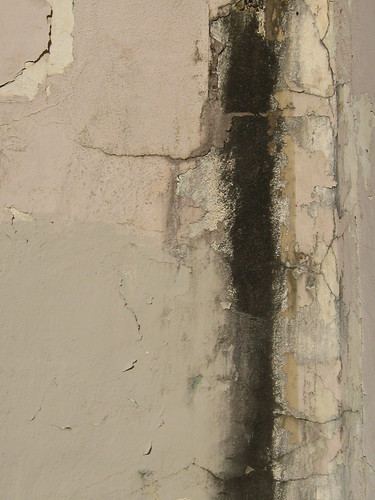
A hairline crack between a house and its cement steps is normal. But what causes a large gap? Concrete starts out as a pliable substance, then solidifies with age. Cement steps may pull away from the house at several stages of the concrete's life cycle.
Shrinkage
Video of the Day
Some shrinkage of cement is normal and is taken into consideration when the cement steps are built. If fresh cement is allowed to cure too quickly, it will shrink more than normal.
Video of the Day
Improper Mixture
Concrete requires the proper mix of cement, aggregates and water. Too much or too little of any of these ingredients can cause cracking, brittleness or excessive shrinkage.
Porch Settling
Cement steps may settle due to an improperly prepared base. The ground upon which the steps were built must be solid. The rock and gravel that form the base of the steps must have been properly compacted before pouring the cement for the steps.
House Settling
It's possible that the cement steps are solid and the house has settled, pulling away from the steps. This will usually show up as cracks elsewhere in the house's foundation.
Water
If rainwater pools around the cement steps, it will soften the ground, allowing the steps to settle. In winter, freezing and thawing of the ground around the cement steps may cause them to heave and pull away from the house.
Drought
Droughts cause shifting and shrinking of the ground. Depending on the type of soil and location of the cement steps, drought may cause them to be pulled away from the house or shifted sideways causing a gap.